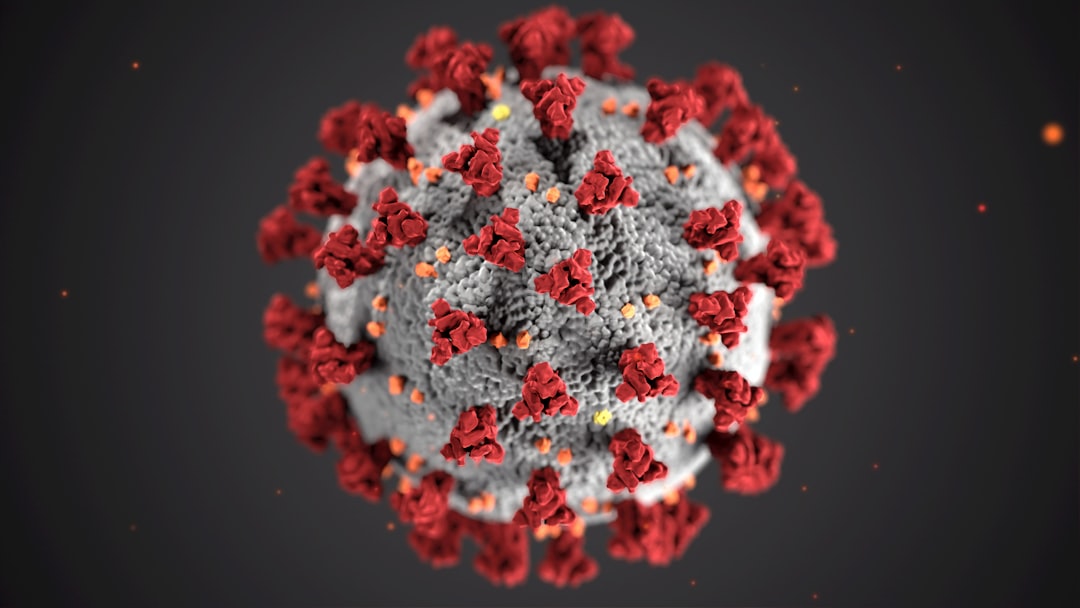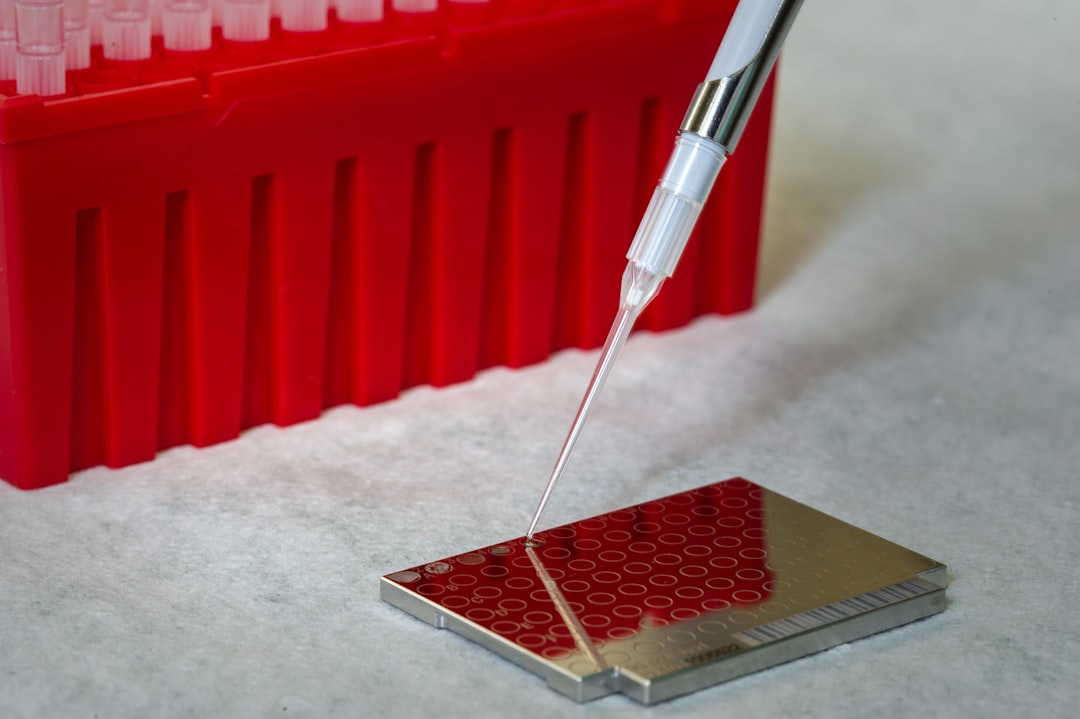What is it about?
Chiral diastereomeric cavitand-salen macrocycles have been synthesized by the high-dilution condensation of a tris-(quinoxaline-bridged)-diformyl-calix[4]resorcarene with (1R,2R)-diphenylethylenediamine. The reaction produced a couple of diastereoisomers, consisting of two cavitand cavities bis-bridged by two chiral diimino moieties, which differ in a convergent (C-shaped) or divergent (S-shaped) orientation of the two cavities.
Featured Image
Why is it important?
Due to the recognition ability of these cavitandsalen receptors toward amino acid guests, their synthesis paves the way for the development of new artificial receptors.
Perspectives
Due to the recognition ability of these cavitandsalen receptors toward amino acid guests, their synthesis paves the way for the development of new artificial receptors.
Dr Giuseppe Trusso Sfrazzetto
University of Catania
Read the Original
This page is a summary of: Synthesis and topology of [2+2] calix[4]resorcarene-based chiral cavitand-salen macrocycles, Tetrahedron Letters, December 2012, Elsevier,
DOI: 10.1016/j.tetlet.2012.10.101.
You can read the full text:
Resources
Contributors
The following have contributed to this page










